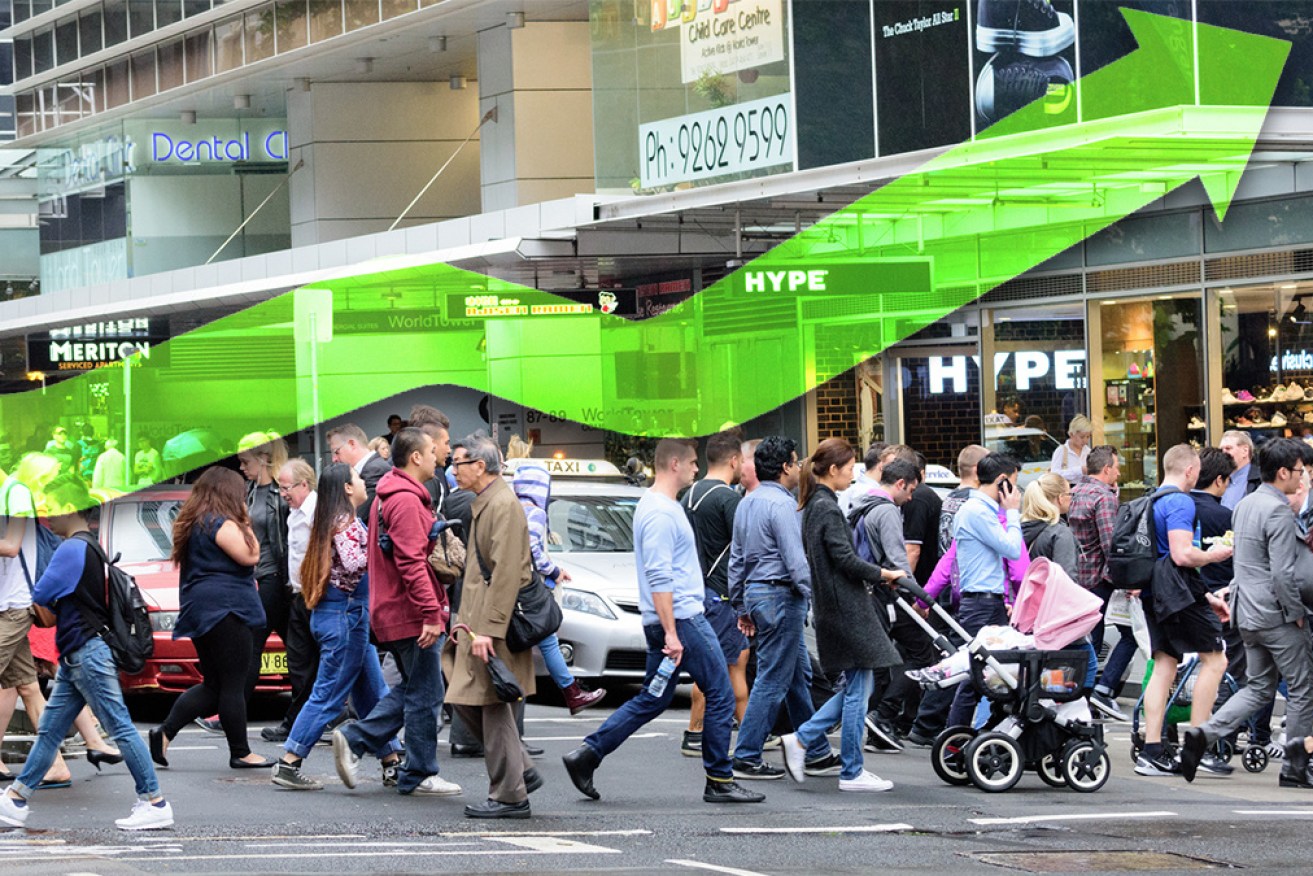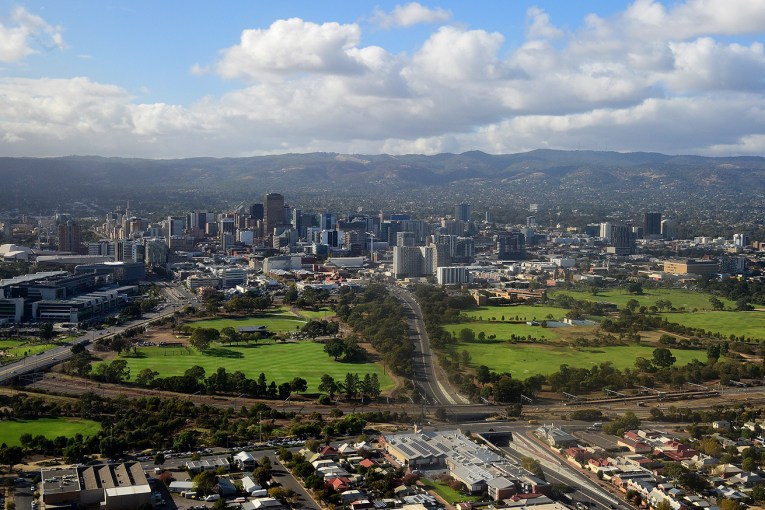Why higher household savings won’t guarantee our economic recovery


Is all the economic optimism misplaced? Photo: TND
“So far, so good”.
That’s how most market economists describe Australia’s recovery from the COVID recession. But many others are concerned.
Workers have regained nine out of 10 jobs lost between March and May, household income is higher than pre-pandemic levels, and households have squirrelled away an extra $113 billion in savings.
And with consumer sentiment in January up 14.6 per cent on the year before, economists at Commonwealth Bank are confident Australians will spend a sizeable chunk of these savings and consequently drive the economic recovery.
“A partial drawdown in the accumulated stock of household savings will be a big tailwind on household consumption in 2021. And it will create a ripple effect through the economy,” they said in a research note showing cash savings in December were up 16.7 per cent on the previous year.
Treasurer Josh Frydenberg has used a similar logic to argue against extending JobKeeper beyond March, saying earlier this month that “there is a huge sum of money available to be spent across the economy, helping to create jobs and maintain the momentum of our economic recovery”.
But this argument is based on the false assumption that households save and spend at the same rate.

Household savings in December were up 16.7 per cent on the year before.
Centre for Future Work senior economist Alison Pennington told The New Daily that while high-income households had saved more due to COVID restrictions and income tax cuts, the lowest-income households had spent more – a crucial divergence that is masked by the headline figures.
Tweet from @ak_pennington
The introduction of JobKeeper and boost to JobSeeker enabled jobless Australians to pay bills and stock up on essentials they normally could not afford.
“But cuts to these income support programs will rip $5 billion every month from the economy from the end of March,” Ms Pennington said.
“It cuts the incomes from households most likely to keep spending in the COVID recovery.”
Ms Pennington said the federal government’s latest forecasts contained “rosy assumptions of surging consumer spending” that were unlikely to be met, because “a resurgence in consumer spending cannot come from high-income households alone”.

Household income is above pre-COVID levels thanks to government stimulus.
In an economic update released in December, the government forecast household consumption and total business investment to rise by 5 per cent and wages to rise by 1.25 per cent in the 2021-22 financial year.
“The government’s hopes of an economic rebound depend on tenuous predictions of increased business investment and surging consumer spending,” Ms Pennington said.
But how will workers buy more if their incomes are stagnant?”
Other economists are also sceptical of the federal government’s assumption that higher household and business savings will lead to increased spending.
Blueprint Institute chief economist Steven Hamilton said last week there was no guarantee that businesses would spend the extra money sitting on their balance sheets, noting they could just as easily dish it out to shareholders or keep it in the bank.
He told The New Daily the key to getting businesses to spend the extra money was to provide more incentives.
For example, the federal government could increase the subsidy given to businesses via the JobMaker hiring credit, or expand the scheme to include older workers as well as the young, while continuing the instant asset write-off scheme.
“Improving incomes drives spending, but what drives it more is directly increasing incentives,” Dr Hamilton said.
“And the more tightly you can tie the provision of support to the decision [to spend], the bigger bang for buck you’re gonna get.”
And then there’s the jobs market.
Although the headline unemployment rate has fallen faster than expected, economists have been at pains to point out that part-time jobs have led the recovery.
ABS data shows workers had 76,000 fewer full-time jobs in December than the year before, but 12,000 more part-time jobs.
Ms Pennington said this would weigh on the recovery.
“An unprecedented surge in casual work will dampen the stimulative effects of the immediate jobs recovery. Over 400,000 casual jobs were created in the last 6 months, representing 60 per cent of the total jobs rebound,” she said.
“As well as creating greater macroeconomic and worker-level insecurity in the event of future crises, high levels of insecure work stymie consumption spending.
“People in insecure jobs are more cautious with their spending, and don’t take out mortgages, car loans or other long-term purchases.”
Tweet from @MichaelPascoe01
The World Bank has also struck a more pessimistic tone.
Last week it published a report warning of a “decade of disappointments” and called out forecasters for wearing rose-tinted glasses.
“Past recessions were typically followed by several years of disappointing growth outcomes and downgrades of long-term growth expectations,” the report authors wrote.
“Years of initial over-optimism and subsequent disappointments have not been limited to global recessions.
“Even after country-specific adverse events, long-term growth forecasts for the countries concerned had to be repeatedly downgraded.”









